SAT/ACT Exam Prep

While it seems as though most colleges or universities have no preference on one test over the other, there are features about each test that should be taken into consideration when selecting the one that that will present you in the best light. Some students actually take both tests to determine which one they perform better on.
Differences between ACT and SAT:
The ACT is an achievement test, measuring what a student has learned in school. The SAT is more of an aptitude test, testing reasoning and verbal abilities.
The ACT has up to five components: English, Mathematics, Reading, Science, and an optional Writing Test. You take the ACT Writing Test only if required or requested by the college(s) to which you’re applying. The SAT has only three components: Critical Reading, Mathematics, and a required Writing Test.
The SAT penalizes you for wrong answers, so guessing is discouraged. The ACT is scored-based dependent on the number of correct answers with no penalty for guessing.
The ACT has an Interest Inventory that allows students to evaluate their interests as they relate to various career options.
Some students will score significantly higher on one test over another.
Testing should take place at least two months prior to the application deadlines of all the colleges and scholarship agencies you might want to apply to. Scores are normally reported within 2–8 weeks after the test date.
Advantages to testing in your junior year of high school:
You’ve probably completed the coursework corresponding to the test material.
You’ll have your test scores and other information in time to help you plan your senior year. (For example, you may decide to take an additional class in an area in which your test score was low.)
Colleges will know of your interests and have your scores in time to contact you during the summer before your senior year, when many of them are sending information about admissions, course placement, scholarships, and special programs to prospective students.
You’ll have information about yourself and the schools you’re considering prior to your campus visits, making your visits more focused.
You’ll have the opportunity to retest if you feel your scores don’t accurately reflect your abilities in the areas tested.
PREPARING FOR THE ACT TEST
The free ACT Academy (ACT.org) online program features:
- Personalized resources
- Easy online accessibility
- Both full-length and segment Act test options
- Educational games to help strengthen key areas
- Video lessons
PREPARING FOR THE SAT TEST
Most students take the SAT during their junior or senior year in high school. At least half of all students take the SAT twice — in the spring of their junior year and again in the fall of their senior year. Most students also improve their score the second time around.
For the SAT Subject Tests™, most students take them toward the end of their junior year or at the beginning of their senior year. In general, you should take tests such as World History, Biology E/M, Chemistry or Physics as soon as possible after completing the course in the subject. Subject Tests are hour-long, content-based tests that allow you to showcase achievement in specific subject areas in which you excel. These are the only national admission tests where you choose the tests that best showcase your achievements and interests.
SAT Subject Tests allow you to differentiate yourself in the college admission process or send a strong message regarding your readiness to study specific majors or programs in college. In conjunction with your other admission credentials (your high school record, SAT scores, teacher recommendations, etc.), they provide a more complete picture of your academic background and interests. Some colleges also use Subject Tests to place students into the appropriate courses. Based on your performance on the test(s), you could potentially fulfill basic requirements or receive credit for introductory-level courses.
Free sample questions, practice tests, and test locations are available online at collegereadiness.collegeboard.org/sat



